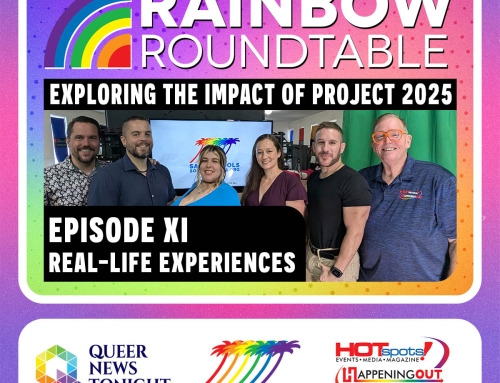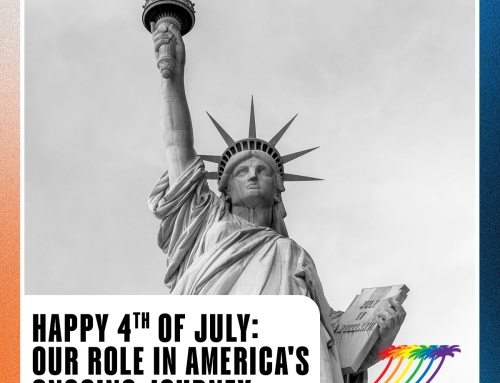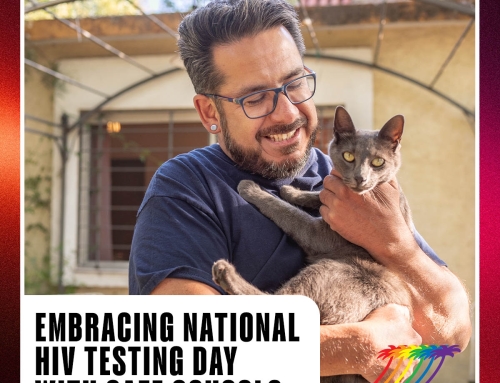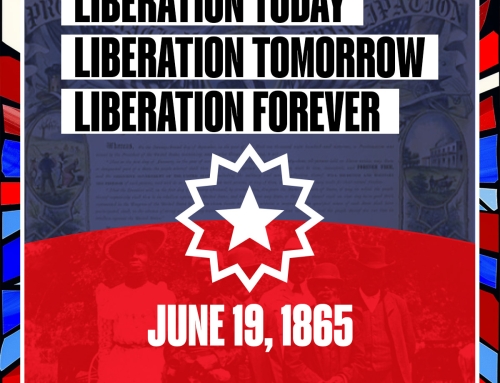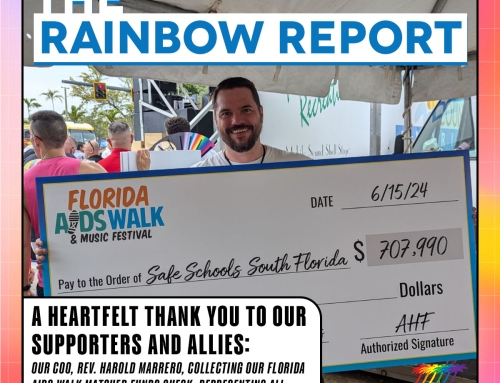Queering Up Valentine’s Day: Celebrating Love as an Act of Resistance
Valentine’s Day, traditionally celebrated on February 14th, has long been associated with romantic love, often depicted through the lens of heterosexual relationships. However, as our understanding of identity, gender, and sexuality evolves, so too does the way we celebrate love. Queering up Valentine’s Day means breaking away from traditional norms and recognizing the beauty and validity of all forms of love, including those that exist in the queer community. This inclusive approach not only challenges the heteronormative narrative but also highlights the diverse and multifaceted nature of love in the contemporary world.
Expanding Definitions of Love
Queerness challenges the binary notions of gender and sexuality, encouraging a fluid and inclusive understanding of love. This means acknowledging and celebrating relationships that don’t necessarily fit into the conventional categories. From asexual partnerships that prioritize emotional over a sexual connection to polyamorous families that expand the notion of love beyond dyadic partnerships, queering Valentine’s Day is about recognizing the legitimacy and depth of these diverse relationships.
Reclaiming and Redefining Traditions
Valentine’s Day offers an opportunity to reclaim and redefine what romantic gestures mean. Instead of focusing solely on commercial expressions of love, such as buying chocolates or flowers, we can use the day to celebrate acts of love that affirm and support queer identities and relationships. This could involve advocating for LGBTQ+ rights, supporting queer-owned businesses, or simply acknowledging and respecting the chosen pronouns and identities of our loved ones.
Celebrating Queer Joy and Resistance
Queering up Valentine’s Day is also an act of joy and resistance. It’s a celebration of the strength and resilience of queer love, which has historically been marginalized and stigmatized. By openly celebrating queer relationships, we not only provide visibility to these partnerships but also challenge societal norms that seek to invalidate them. This celebration is a powerful statement that love, in all its forms, is valid and worthy of recognition.
Solidarity and Intersectionality
An inclusive approach to Valentine’s Day also means recognizing the intersectionality within the queer community. It’s important to acknowledge that queer relationships are not monolithic and are influenced by factors such as race, class, ability, and more. Celebrating this day can be an act of solidarity, recognizing the unique challenges faced by those at the intersections of multiple marginalized identities and affirming that their love is equally deserving of celebration.
Moving Forward
As we expand our understanding of queerness in the contemporary world, let us use occasions like Valentine’s Day to challenge traditional narratives and celebrate the wide spectrum of love. By doing so, we not only affirm the value of queer relationships but also contribute to a more inclusive and accepting society. Let this Valentine’s Day be a reminder that love is not confined to any singular definition but is as diverse and varied as the individuals who experience it. Love, in its essence, is about connection, respect, and affirmation—principles that apply to every relationship, regardless of how it may be categorized.
In queering up Valentine’s Day, we embrace a future where love is celebrated in all forms, not just on this day but every day. It’s a step toward a world where everyone can love freely and openly without fear of judgment or discrimination.
By: Harold Marrero
Chief Operating Officer
We encourage you to share this information with friends, fellow teachers, and allies and join us in bringing awareness to our efforts. Your support is essential for our ongoing work to create safe spaces for all students, regardless of ethnicity, gender, sexual orientation, or expression. Please consider donating to Safe Schools so that we can continue advocating for inclusivity and diversity within the education system.


